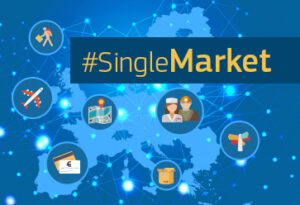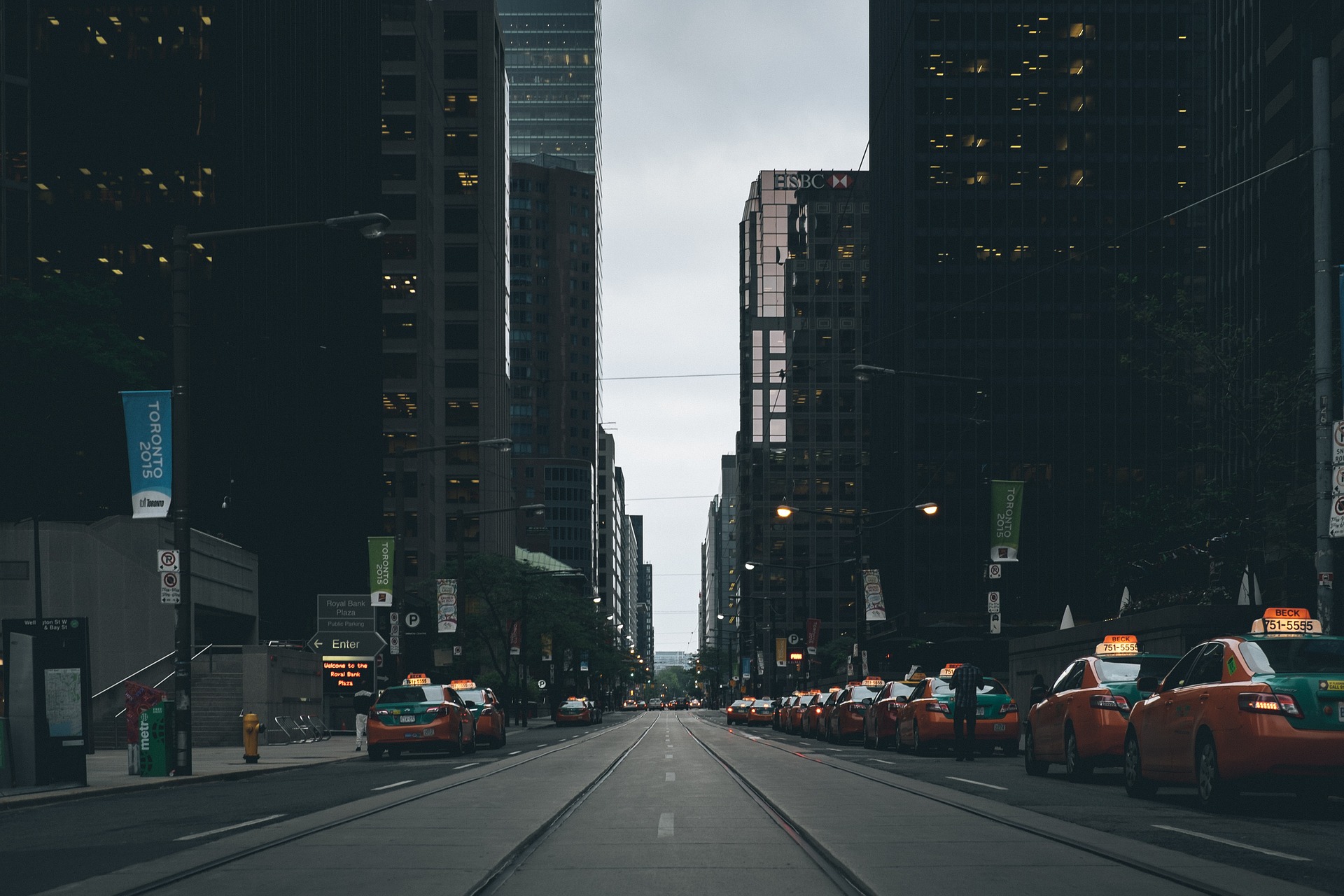Latest blog articles
-
Patent aggregation is one of the critical paths to raise revenue and earn a return on investment in the ICT sector. It comprises all activities whereby firms build sets of related patents, so-called patent portfolios, and subsequently use these beyond manufacturing. Different kinds of entities...
-
Constructing a functioning single market for business and trade among the Member States of the European Union (EU) has been the cornerstone of the EU project, and remains one of the strongest drivers for EU-level legislative reform. Over the years, the EU has prioritized the harmonization of...
-
The implementation of the Unitary Patent Package will represent the result of the evolution towards the unification of the European patent system.
-
In a recent judgment, the CJEU determined that the geographical indication Aceto Balsamico di Modena is only protected as a whole. This means that the non-geographical components ‘Aceto’ and ‘Balsamico’ are not protected individually.
-
Only 10 out of the 24 official EU language translations correctly transpose Article 17 of the Directive (EU) 2019/790 on copyright and related rights in the Digital Single Market. These apparent errors mandate urgent action by the European Commission and the EU Member States.
-
The European Union Intellectual Property Office (EUIPO), just like many other IP offices in the world, has recently seen an incredible spike in Covid-19 related Trade Mark applications. This blog presents EUIPO’s approach in examining trade mark filings that relate directly or indirectly to, or in...
-
Back in 2017, the European Court of Justice ruled in Asociación Profesional Elite Taxi v. Uber Systems Spain, SL (Case C-434/15) that Uber offers common transportation services and thus, ought to be regulated as such. Various European national courts subsequently made similar rulings against Uber...
-
The ongoing COVID-19 pandemic is arguably one of the biggest crises of modern times. The conflict between the search for a vaccine, and the artificial scarcity created by patent law, has created a catch-22 situation. How will patent law apply to a vaccine under these circumstances?
-
Several pharmaceutical companies all around the world, including in the European Union (EU), have been racing to find a treatment for the virus. Since these may be subject to patent rights, government intervention may be needed.
-
Electronics companies increasingly engage in patent aggregation, that is to accrue patents without using them for manufacturing purposes. So far, it is unclear whether such behaviour has negative effects on innovation. If it did, could EU competition law remedy it?









